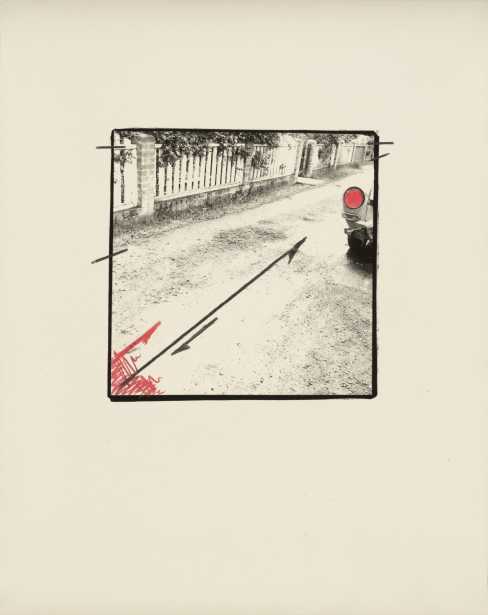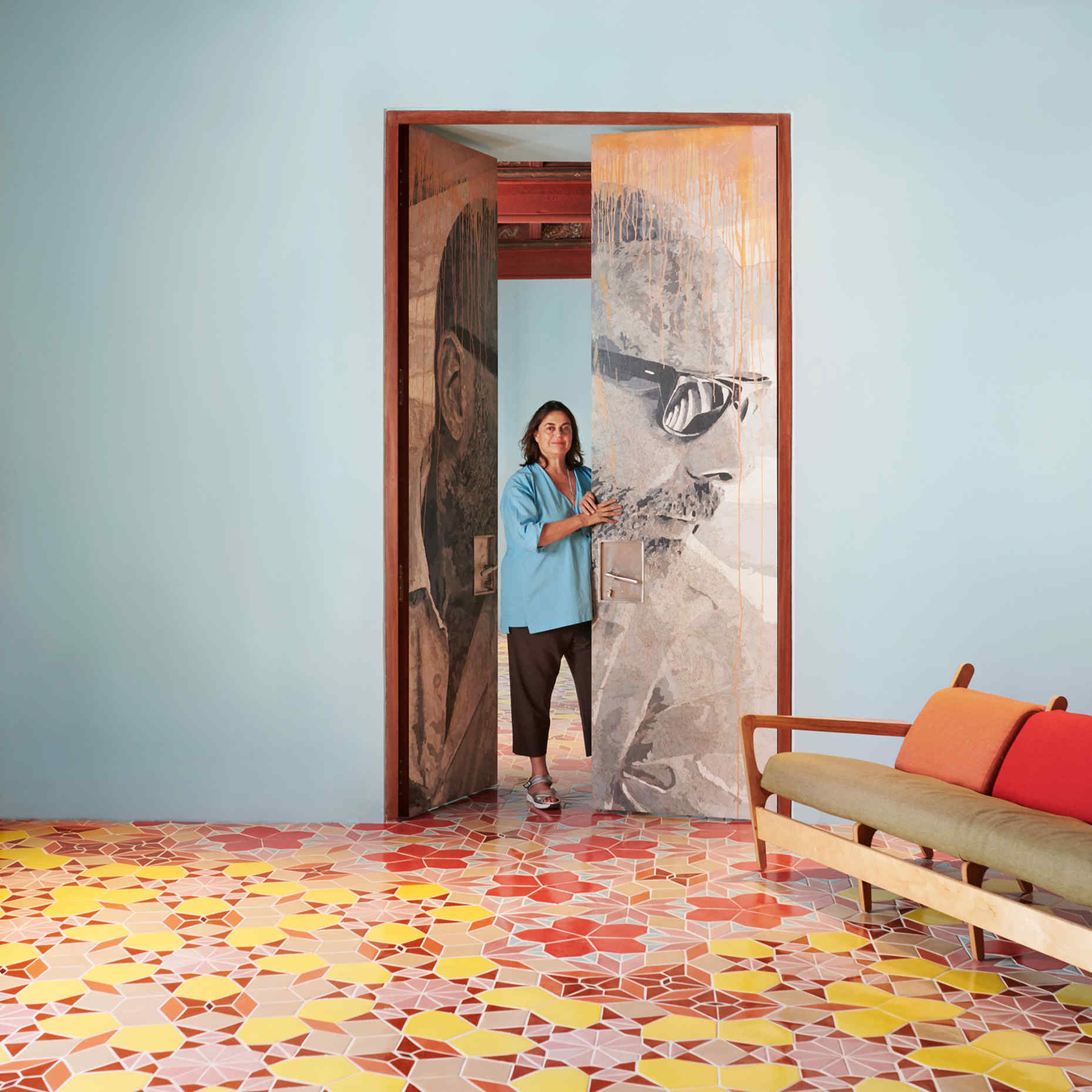The first museum survey of the critically acclaimed Danish collective SUPERFLEX in the United States, this exhibition focuses on the group’s humorous and playfully subversive installations and films, which address the economy, financial crisis, corruption, migration, and the possible consequences of global warming. The exhibition’s title envisions passengers together in a ship at sea, and a set of shared risks that may put them in danger. Our own collective danger implies a collective responsibility and a need to collaborate so that our ship does not capsize.
Increasingly during the last two decades, global warming and climate change have been discussed and debated, and the consequences of human impact, interference, and possible triggering of the twenty-first century’s climate changes have recently echoed within the art world in a more activist way. Art has always responded to issues in the real world, and SUPERFLEX has been at the forefront of artists who grapple with many of these pressing subjects. SUPERFLEX was founded by Bjørnstjerne Christiansen, Jakob Fenger, and Rasmus Nielsen in 1993, and since then the three artists have gained international recognition for their DIY and activist approaches.
We Are All in the Same Boat includes a group of videos, sculptures, and installations selected for their relevance to the history, present, and future of the City of Miami. The works reflect upon the position of Miami from the perspectives of art, finance, climate, and a fictional, if plausible, future. The topics of water, migration, refugees, and the economy inevitably drive the conception of the exhibition. We Are All in the Same Boat includes the American debut of a number of the works in the show, several of which have been newly reimagined for our city.
SUPERFLEX is known for its interest in unifying urban spaces and commenting on society through art. The artists describe their practice as providing “tools” that affect or influence a social or economic situation. The group often roots its projects in their particular local contexts and outside of traditional art contexts, collaborating with designers, engineers, businesses, and marketers on projects that have the potential for social or economic change. The projects remain difficult to pigeonhole, yet innovative in their approaches to current issues.
The members of SUPERFLEX have used their position as artists to pose questions of political, economic, and environmental behavior and responsibility. In the words of the exhibition’s curator, SUPERFLEX’s “works are meant to create political awareness, generate discussions, and help us think and act.”
Organized by MOAD, SUPERFLEX: We Are All in the Same Boat is curated by Jacob Fabricius, Artistic Director of Kunsthal Aarhus. Support for SUPERFLEX: We Are All in the Same Boat is provided by the Miami-Dade County Department of Cultural Affairs, this.nordic, Funding Arts Network, the Danish Arts Foundation, and the Florida Department of State Division of Cultural Affairs.
More Information




















